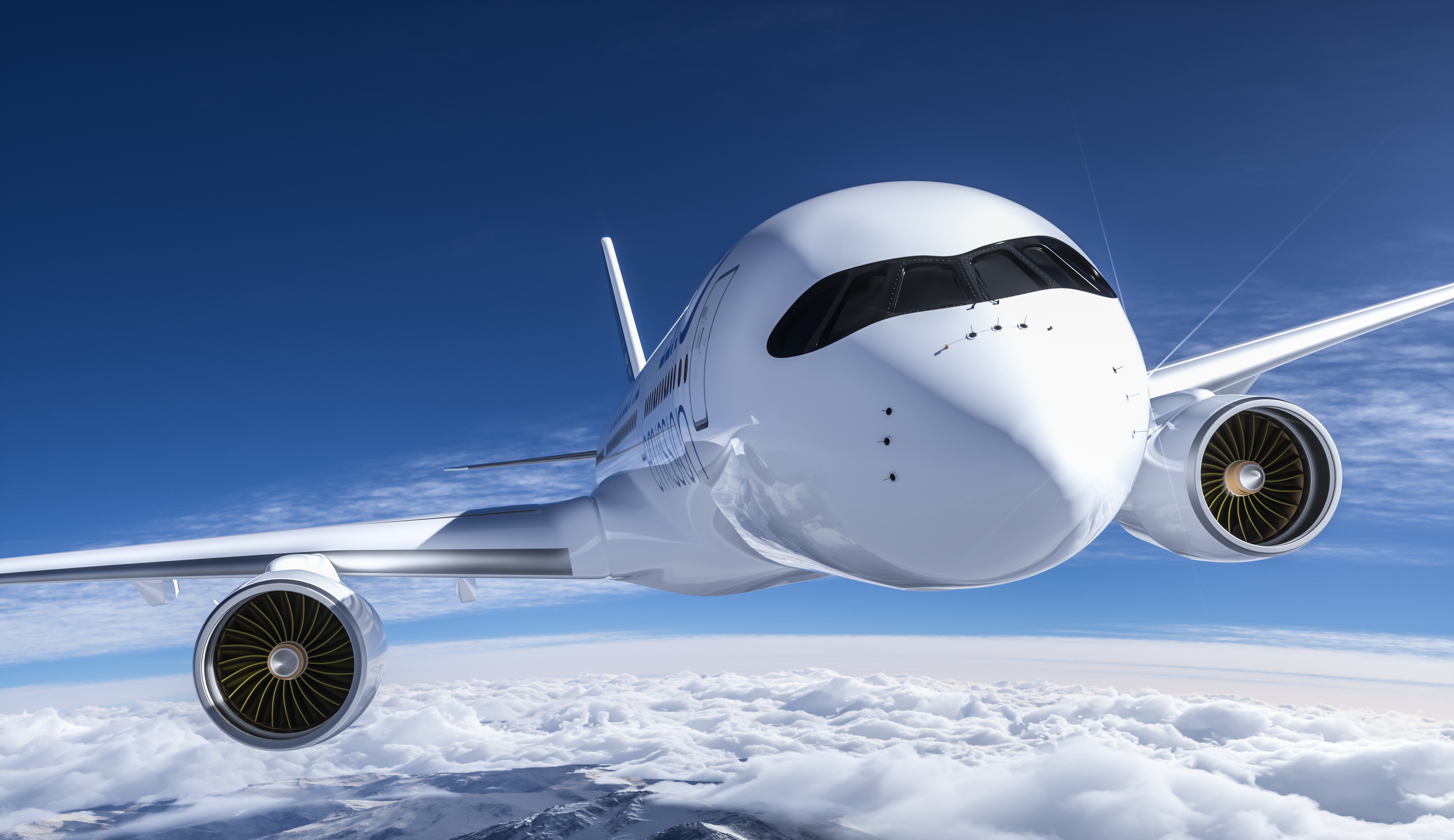
Electrified Aircraft Propulsion Market to Achieve 12% CAGR by 2023-2033
Introduction:
The aviation industry has been undergoing a significant transformation in recent years, driven by the need to reduce carbon emissions and increase operational efficiency. One of the key areas of innovation within this industry is electrified aircraft propulsion. Electrified aircraft propulsion refers to the utilisation of electric power systems to drive the propulsion systems of aircraft, replacing or complementing traditional internal combustion engines (ICE) with electric motors. This approach aims to reduce the environmental impact of aviation by decreasing emissions, noise, and fuel consumption. With growing concerns about environmental sustainability, the adoption of electric and hybrid-electric propulsion systems in aircraft has gained momentum. According to industry experts, the electrified aircraft propulsion market is projected to achieve a Compound Annual Growth Rate (CAGR) of 12% from 2023 to 2033. In this blog, we will go through the factors driving this growth, the challenges faced, and the potential impacts on the aviation sector.
Factors Driving Growth:
Environmental Regulations: Stringent emissions regulations imposed by the International Civil Aviation Organization – ICAO and governments of various countries around the world have prompted aircraft manufacturers to explore greener alternatives. Electrified propulsion systems offer a way to reduce carbon emissions and noise pollution, aligning with global sustainability goals.
Technological Advancements: Advances in battery technology, electric motors, and power electronics have significantly improved the efficiency and energy density of electrified propulsion systems. Electric motor, power electronics, and battery technological advancements together have sparked an uptick of innovation in the aviation sector. These innovations have significantly boosted energy density and increased efficiency, which makes electrified propulsion systems an attractive alternative for aircraft of all sizes and missions.
Cost Reduction: Electrified propulsion systems have the potential to reduce operational costs in the long term. Electric motors are simpler in design, require less maintenance, and have fewer moving parts than traditional internal combustion engines. This could cause decreased maintenance and fuel expenses for airlines.
Innovative Aircraft Designs: The integration of electrified propulsion systems has led to innovative aircraft designs that are more aerodynamically efficient and adaptable. Electric propulsion allows for distributed propulsion systems, which can improve aircraft maneuverability and enhance safety.
Challenges and Considerations:
Battery Technology: Despite advancements, battery technology still presents challenges related to energy density, weight, and charging infrastructure. Developing batteries that can store sufficient energy for long-haul flights remains a hurdle.
Range Limitations: While electrified propulsion is suitable for short- and medium-haul flights, it is not yet practical for long-haul aviation due to range limitations imposed by current battery technology.
Infrastructure: The establishment of a robust charging infrastructure for electric aircraft at airports is a crucial factor. Without proper charging facilities, the adoption of electrified propulsion could be hindered.
Regulatory Approval: The certification of new propulsion technologies requires rigorous testing and regulatory approval. Meeting these standards can be time-consuming and complex.
Impacts on the Aviation Sector:
Reduced Emissions: By enabling the development of more efficient and energy-dense electrified propulsion systems, advanced batteries can significantly reduce the carbon emissions associated with aviation. Traditional jet engines emit substantial amounts of greenhouse gases and pollutants, contributing to the aviation sector’s sizable carbon footprint. Electrified aircraft propulsion offers a path to drastically lower emissions, making air travel a far more environmentally responsible mode of transportation.
Market Competition: The electrified aircraft propulsion market has attracted both traditional aerospace companies and startups. This competition could drive innovation and result in a wider range of options for airlines.
Changing Business Models: Airlines and manufacturers may need to adapt their business models to accommodate the unique characteristics of electric and hybrid-electric aircraft. Maintenance, training, and operational procedures might undergo significant changes.
Urban Air Mobility: Electrified propulsion is playing a key role in the development of urban air mobility (UAM) solutions, such as electric vertical takeoff and landing (eVTOL) aircraft, which could revolutionise urban transportation.
Key Takeaways from the Market Study Report on Electrified Aircraft Propulsion
- Over the next ten years, the global market is expected to rise by an absolute 13.7 million.
- The North American market, which accounts for over 40% of the global market, is home to both aircraft manufacturers and suppliers of their electrical parts. The United States holds the largest market share in the world, contributing 28.4% annually. The emergence of innovative air transportation platforms is fueling the demand for an electrified aircraft propulsion market in this nation.
- Germany is expected to continue to lead Europe in the development and supply of electric aircraft propulsion systems. According to calculations, the market’s net share was around 7.2% in 2022. While in the UK, they project sales of electric aircraft propulsion systems to expand at a faster pace of 9.2% until 2033.
- Throughout the projected period, it is expected that the Asia Pacific area, particularly China and India, will have considerable CAGR growth. In China, demand for electric aircraft propulsion systems is anticipated to increase at a rate of 11.4% between 2023 and 2033. While this is happening, sales of electrified aircraft propulsion systems in India are projected to grow at a CAGR of 12.1%.
Conclusion:
The electrified aircraft propulsion market’s projected CAGR of 12% from 2023 to 2033 underscores the growing significance of electric and hybrid-electric propulsion in the aviation industry. Electrified propulsion goes beyond temporary trends, representing an essential and transformative step toward a sustainable aviation future. This shift, which connects with the importance of environmental stewardship taking center stage, represents an unwavering commitment to reshape the aviation landscape by applying technological advancements to send us into a time when ethical behavior is compatible with the requirements of air travel, paving the way for a cleaner, greener, and more promising aviation future.




